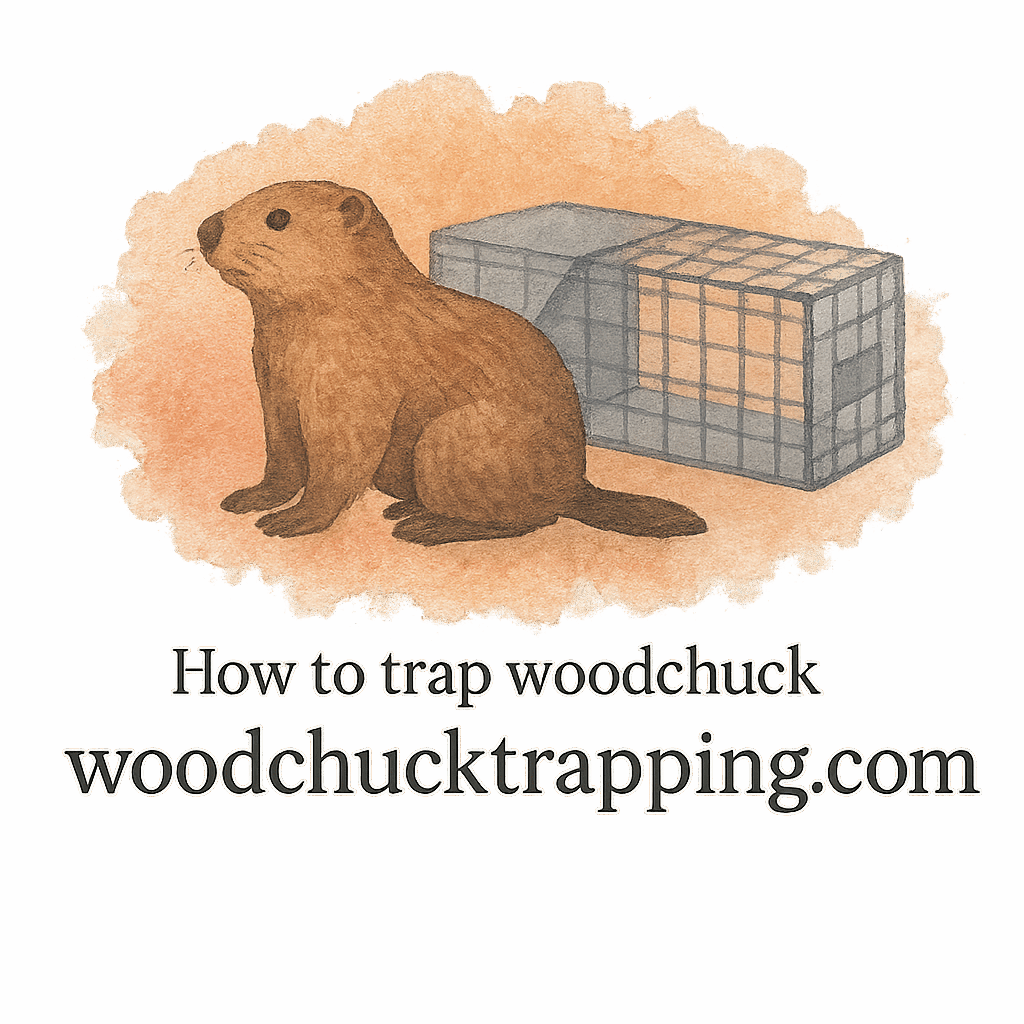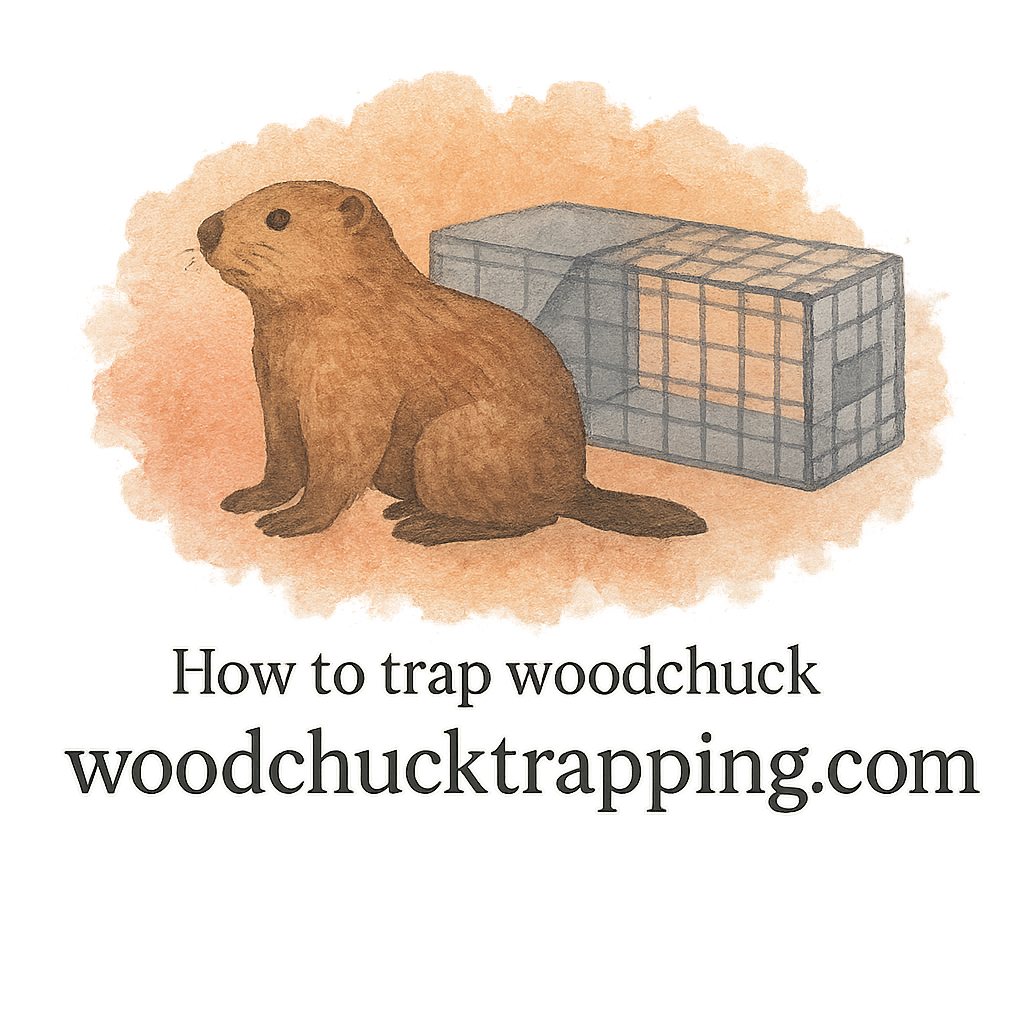Introduction
Ever noticed holes popping up around your yard or vegetables mysteriously vanishing? You might be playing unwilling host to woodchucks, also known as groundhogs. These burrowing creatures can turn a peaceful backyard into a construction zone seemingly overnight. Luckily, you can take action by simply removing what attracts them in the first place.
In this guide, we’ll explore the top 10 yard attractions that make your space a woodchuck haven — and how to eliminate them effectively. Ready to reclaim your yard?
Why Are Woodchucks Attracted to Yards?
Understanding Woodchuck Behavior
Woodchucks are instinctively driven by shelter, food, and safety. They dig complex burrows, feed on lush vegetation, and prefer quiet, undisturbed areas. If your yard offers any of these, it’s basically a welcome sign.
Seasonal Yard Habits That Invite Woodchucks
Spring and early summer are prime times for woodchuck activity. As vegetation grows and breeding season kicks in, they scout for safe spots to settle in. That’s when unattended yard conditions become a major problem.
1. Tall Grass and Overgrown Vegetation
Why It Appeals to Woodchucks
Tall grass provides cover and an easy escape route from predators. It’s also a sign to woodchucks that the area is less likely to be disturbed.
How to Properly Maintain Your Lawn
Mow regularly, edge your property, and remove thick weeds. Keep shrubs and hedges trimmed. This minimizes hiding spots and discourages nesting.
Learn more about woodchuck prevention and yard damage here.
2. Abandoned Burrows and Loose Soil
Identifying Old Burrows
Woodchucks often repurpose existing burrows. These may belong to other animals or have been dug by woodchucks in previous seasons.
Safe Removal and Soil Management
Collapse unused burrows using compacted soil and gravel. Use wire mesh over problem areas to prevent re-digging.
Explore more trapping techniques and burrow management strategies.
3. Garden Vegetables and Fruit Plants
Woodchuck Food Preferences
They love beans, peas, lettuce, and berries. A well-stocked garden is practically a buffet.
Tips for Garden Protection
Install fencing at least 12 inches underground and 3 feet high. Use mesh cages for individual plants.
Consider baiting and luring techniques to manage garden intrusions.

4. Wood Piles and Yard Debris
Shelter Opportunities for Woodchucks
Stacks of firewood, leaf piles, or scattered branches mimic natural shelters. They provide cover and even nesting space.
How to Clean and Organize Outdoor Spaces
Store firewood above ground and neatly. Regularly clear out leaves, brush, and loose debris.
Find the right compact traps and tools to protect cluttered zones.
5. Untended Compost Piles
Compost Smells That Lure Them In
Decomposing organic matter gives off irresistible odors to hungry woodchucks.
Proper Compost Management Techniques
Use closed compost bins. Keep meat, dairy, and sweets out. Aerate compost to speed breakdown and minimize odor.
6. Bird Feeders and Dropped Seeds
Secondary Food Sources for Woodchucks
Bird seed becomes an easy snack, especially when it falls to the ground.
Bird Feeder Placement Tips
Use tray attachments or seed catchers. Elevate feeders on poles and clean the surrounding area often.
7. Unused Sheds and Crawlspaces
Hidden Nesting Spots
Dark, quiet spaces like under sheds or porches make perfect dens.
How to Seal Off Entry Points
Install lattice or mesh barriers around the base of structures. Check for gaps and block access with wood or brick.
Learn about trapped animal handling and humane techniques.
8. Pet Food Left Outdoors
Why Pet Food Attracts Wildlife
Cat and dog food has strong smells and nutritional content, attracting all kinds of critters.
Best Practices for Pet Food Storage
Bring dishes inside after meals. Store bags in sealed containers indoors or in secure bins.
9. Decorative Rock Gardens and Retaining Walls
Ideal Hiding and Burrow Areas
Gaps between rocks make excellent dens. Retaining walls can have natural cavities ideal for digging.
Designing a Less Attractive Landscape
Fill gaps with gravel or concrete. Use flatter stones that offer fewer hiding spots.
Check out reviews on trap gear for managing rocky areas.
10. Stagnant Water Sources
Water as a Resource for Wildlife
Birdbaths, puddles, and clogged drains supply woodchucks with hydration.
Ways to Eliminate or Treat Stagnant Water
Drain puddles, clean gutters, and cover standing water. Add motion features to ponds or use water treatments.
Effective Yard Modification Strategies
Combining Prevention with Trapping
The best approach blends proactive yard maintenance with strategic trapping. Identify patterns, place traps wisely, and remove attractants.
Explore trapping essentials and how-to-trap guides for a full trapping strategy.
Safe and Humane Trapping Tips
Use gloves to avoid scent contamination. Check traps frequently. Release animals safely and legally.
Review laws and safety guidelines before trapping.
Conclusion
Getting rid of woodchucks doesn’t have to be a massive ordeal. By removing what draws them in, you make your yard far less appealing. From tall grass to garden snacks, a few small changes can make a big difference. Combine these efforts with humane trapping strategies, and you’ll take back your yard in no time.
Need more help? Dive into expert tips and product guides at Woodchuck Trapping.
FAQs
1. What time of day are woodchucks most active?
They’re usually out in the early morning or late afternoon.
2. Can woodchucks cause structural damage to homes?
Yes, their burrows can affect foundations, decks, and sheds.
3. Is it legal to trap woodchucks in my state?
Check your local regulations on the laws and safety page.
4. What’s the most effective bait for woodchucks?
Fruits like cantaloupe or veggies like corn often work well. See baiting-luring.
5. How deep can a woodchuck burrow go?
They can dig down as much as 5 feet deep with multiple exits.
6. Do woodchucks hibernate all year?
No, they hibernate in winter but are active spring through fall.
7. What signs indicate a woodchuck infestation?
Look for large dirt mounds, gnawed plants, and tunnel entrances — see more infestation signs.


